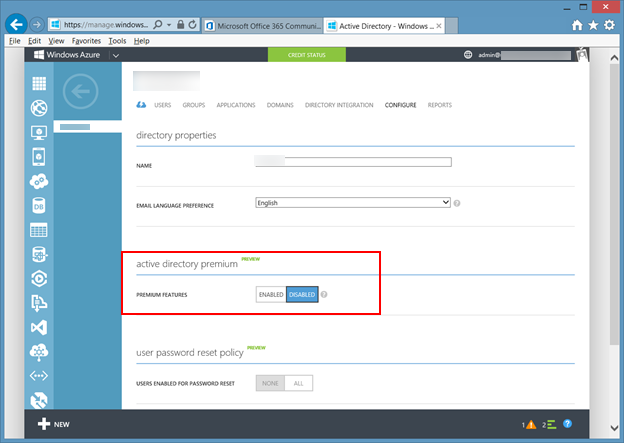Best Practices for Managing Azure Subscriptions in Windows Azure PowerShell Cmdlets
Windows Azure PowerShell cmdlets makes it nice and easy to get started managing your Windows Azure services. Using the Get-AzurePublishSettingsFile cmdlet you can login into your WAZ subscription and fetch the details you need to manage your cloud services. PowerShell even saves these details locally so you can reuse them again in the future. This is great for personal accounts and small teams getting to know the Windows Azure PowerShell cmdlets. However in larger organisations this can quickly lead to management issues and security risks.… [Keep reading] “Best Practices for Managing Azure Subscriptions in Windows Azure PowerShell Cmdlets”

